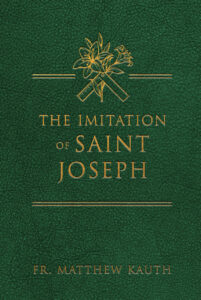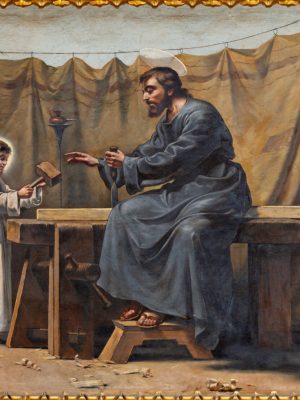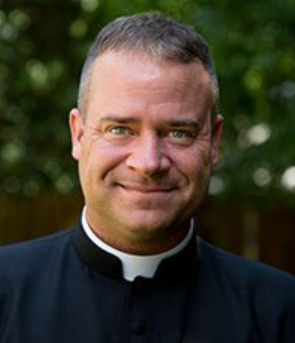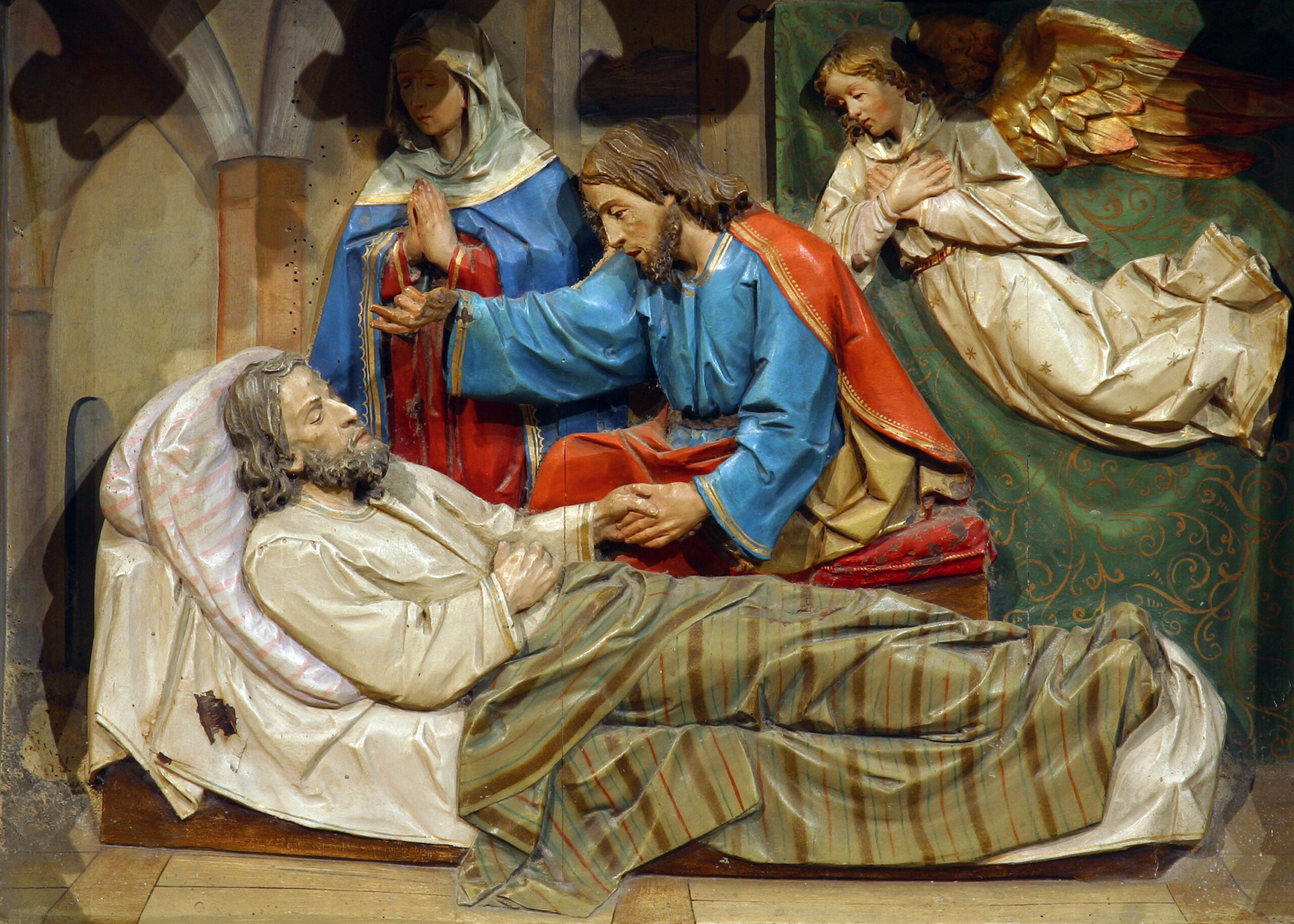Saint Joseph is an antidote to the self-referential age of failed fatherhood. Abuses do not negate the truth. Those who have not provided, not protected, and failed to bestow are not the examples we look to for imitation. But imitate we must. We do not enter life creating our own language, designing our own clothing, or learning to walk on our backs. We imitate. To reject that from whence we come is a self-contradiction and the annihilation of existence. In failed masculinity, failed hierarchy, failed paternity, we turn to Joseph. The antidote will not be found in the anemic feminization of our men, whether by drugs or by drowning in the sea of cacophonous demands of conformity and confirmation. The antidote will be found in a full-blooded response, in a Josephite response, of one who is not afraid to take the Church to himself as his own, to provide for her, protect her, and to be the steward of God’s greatest possessions.
Imitation of Saint Joseph may not have been needed in former ages. Failures there were, to be sure, but the failures have so multiplied that we deny the very rule itself. We need to see Joseph to order our minds and give hope to our hearts. Yet the need to see will not necessarily create sight. It does not answer the questions hitherto posed. If Joseph is the archetype, how do I imitate him? How do I receive formation of character from one whose character I scarcely know? It will do no good to pin virtues onto Joseph as if he were little more than a mannequin. We can dress him up any way we please, but in so doing, we will also lose the attractiveness of an actual man. Joseph is a fact. Others knew him. How can we? Far from an historical analysis and endless archeological inspection for which I am neither competent nor interested, I will simply ask him. Joseph is a fact. And he is not merely a fact of history. He is a man, as am I. This is likely where the similarity ends, but it is sufficient to begin. Joseph saw and imitated. Joseph was formed. We know much about what he saw and how he was formed, and so to get at Joseph, I will have to do the very thing to which the world is currently allergic: I will look first at his fathers. Joseph is their inheritor. I will move from that sketch by inspecting what Joseph must have seen when he saw her, the woman, and when he beheld Him, the God-man. I know something of what he saw, but I will ask him to show us more of what he saw, and that to which he conformed by obedience and stewardship. This will give us, if not a complete portrait for emulation, at least something genuine and potent. Finally, I will briefly ask Our Lord and Our Lady what they saw when they looked at him. These sketches, laid one over the other, will hopefully present us with a true image of the man the Church has rightly called our patron—that is, our father, and the one the Lord Himself called abba.
This article is taken from a chapter in The Imitation of Saint Joseph by Fr. Matthew Kauth, which is available from TAN Books.





